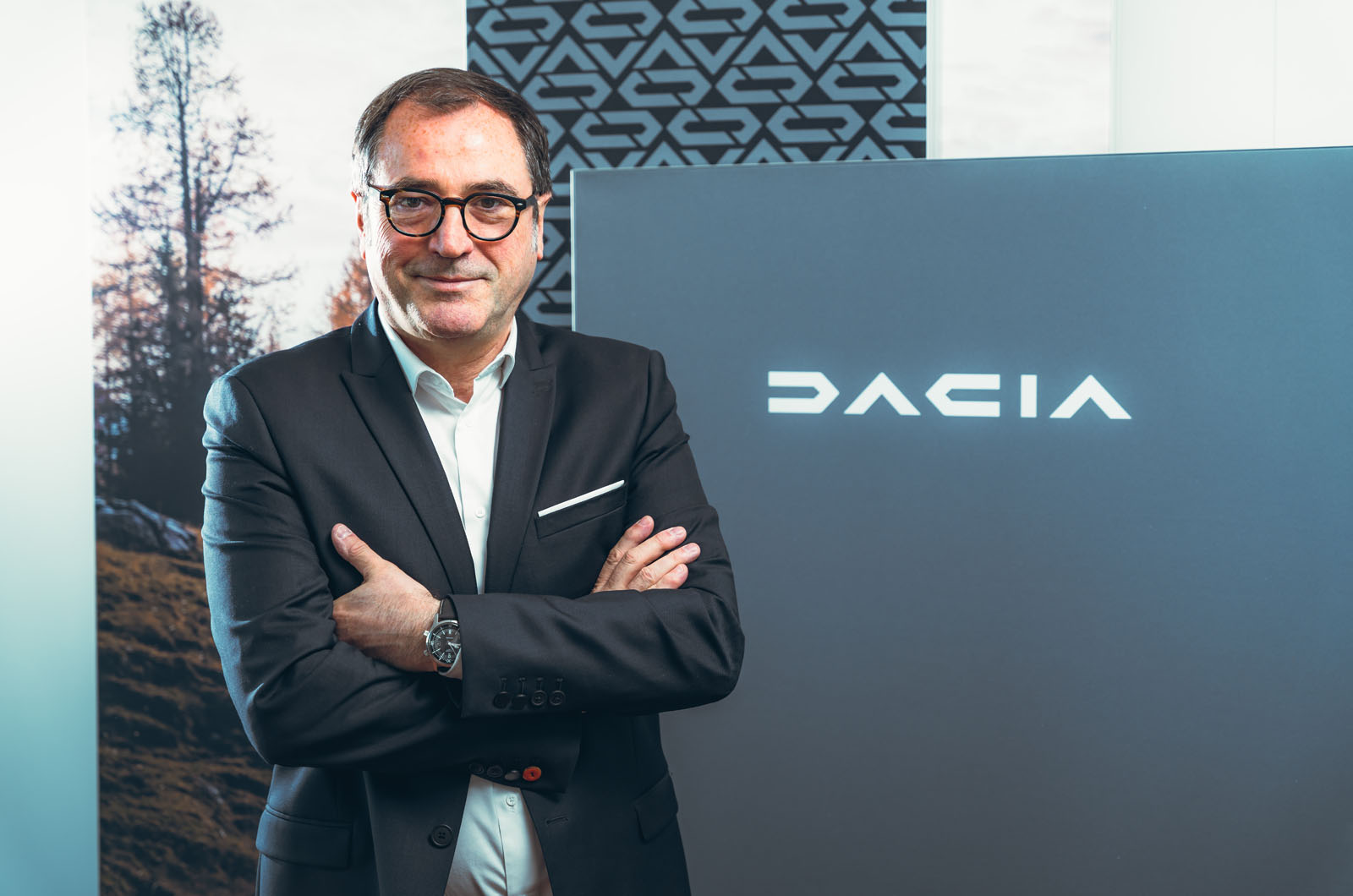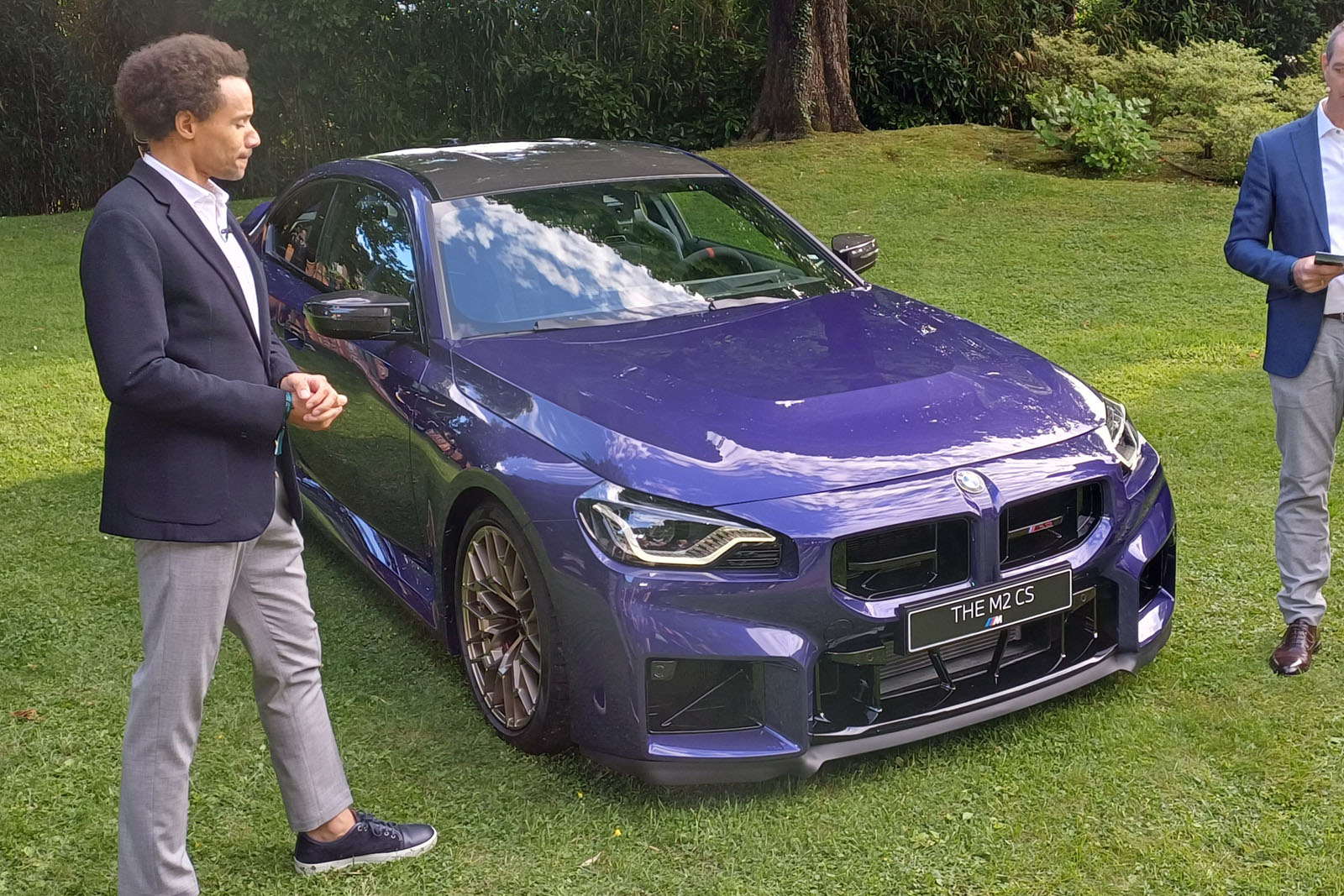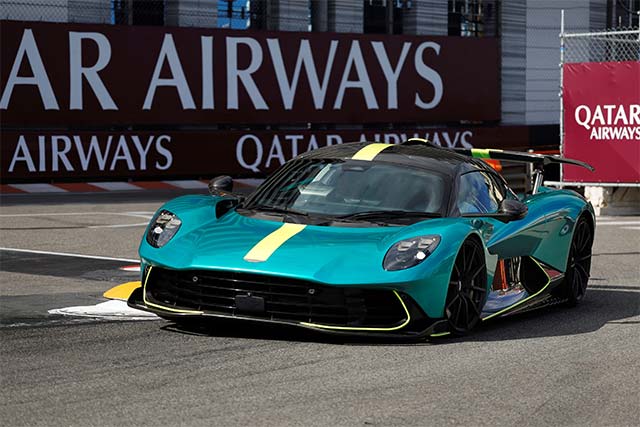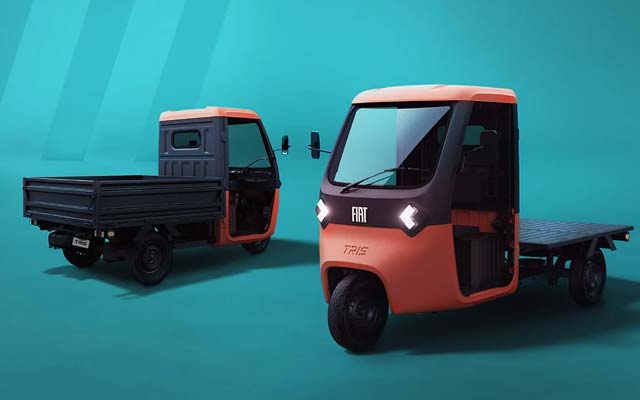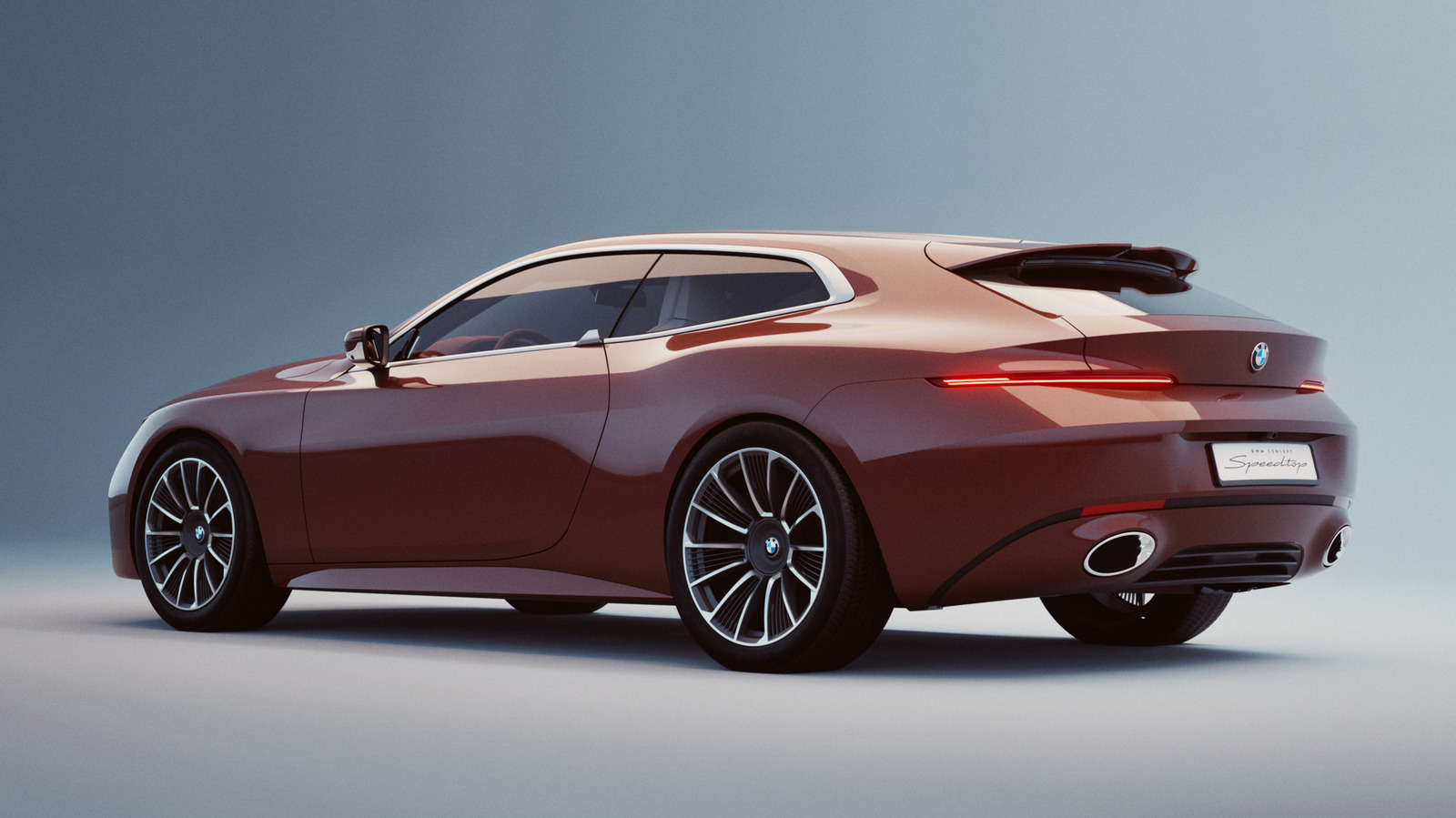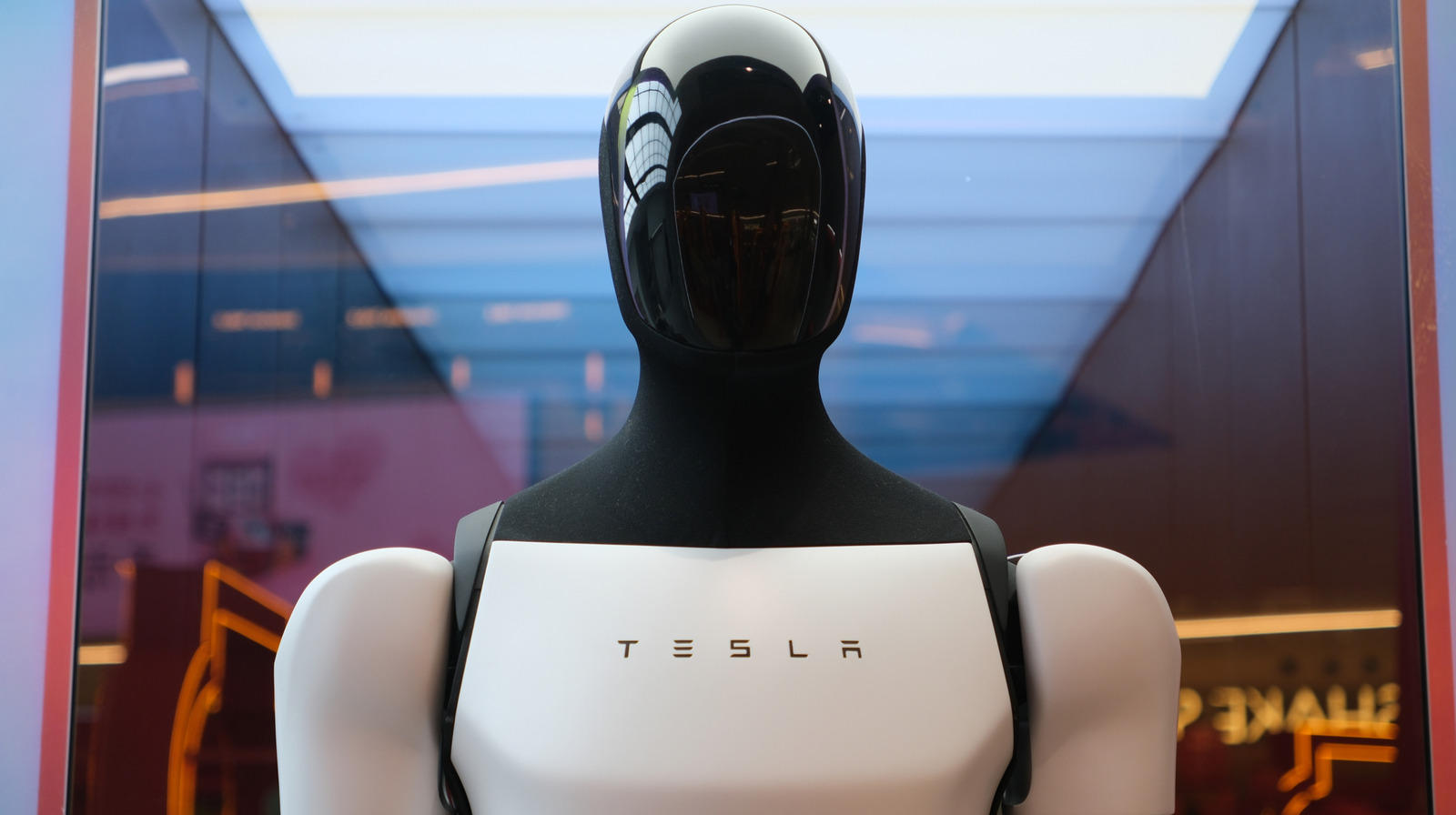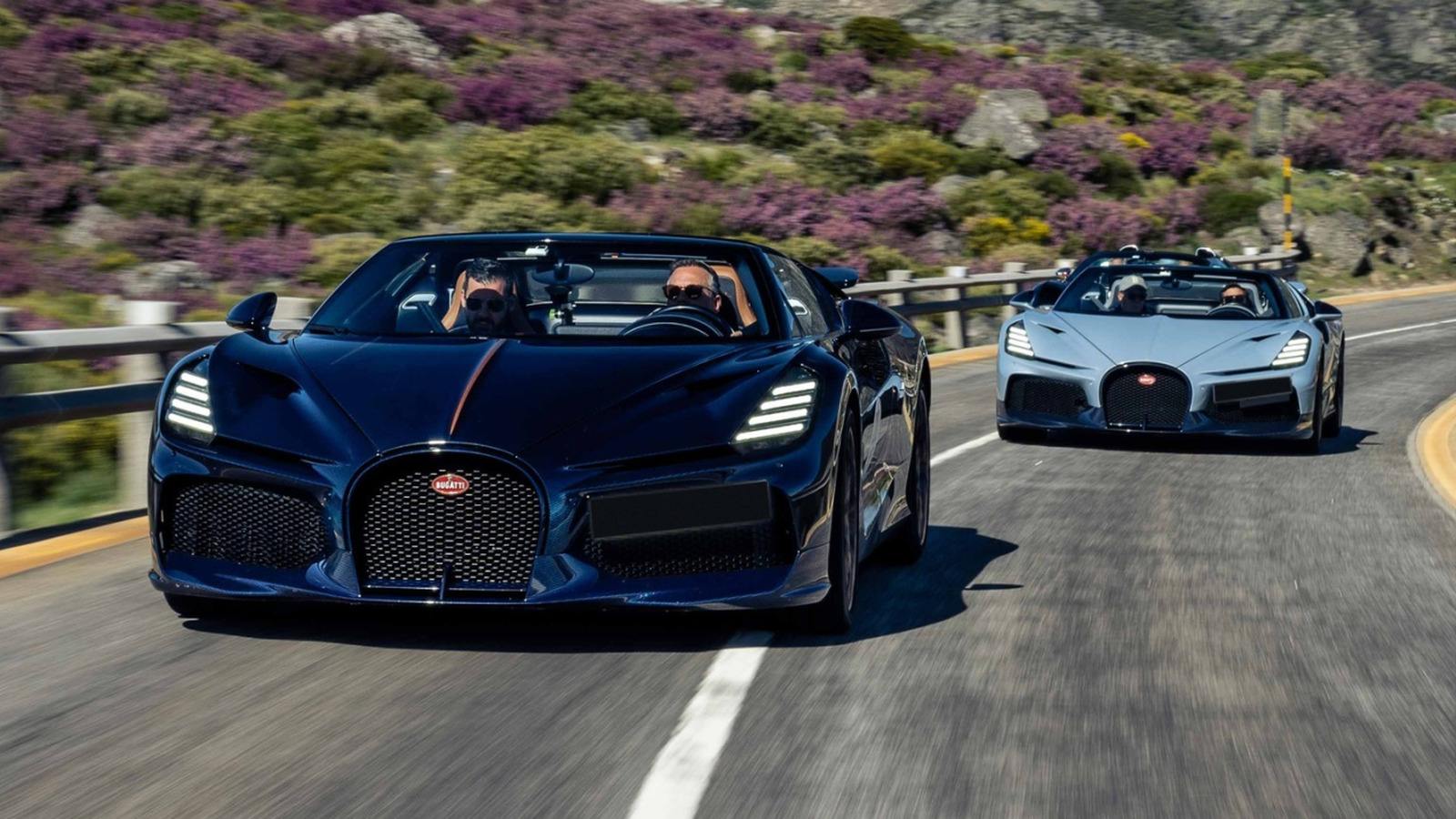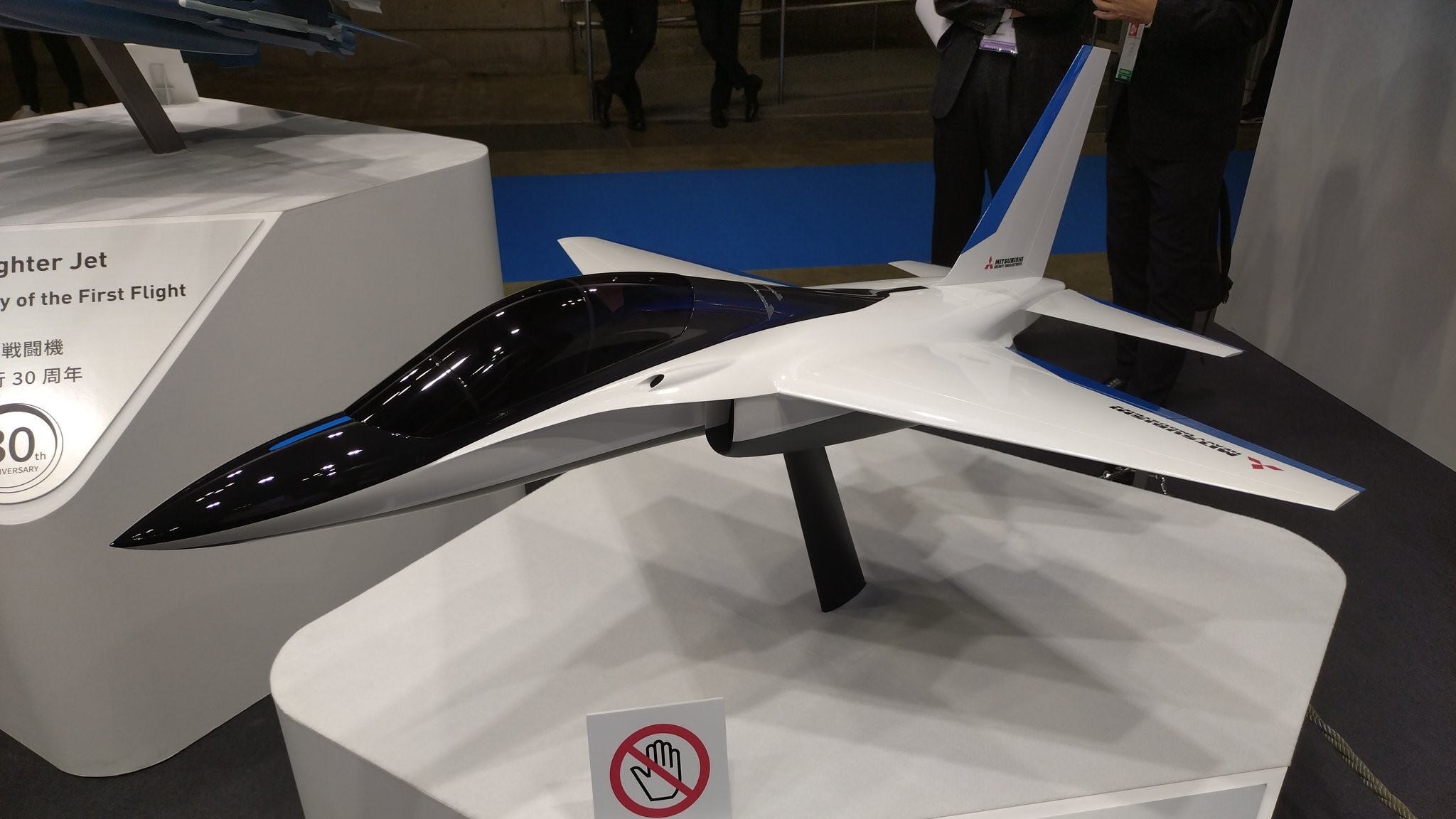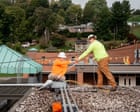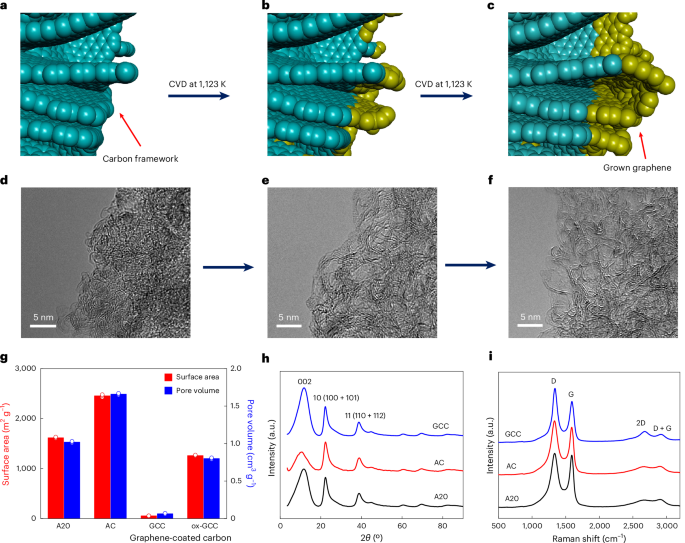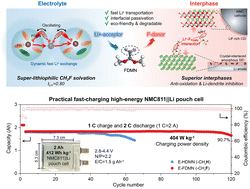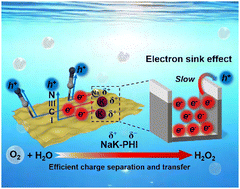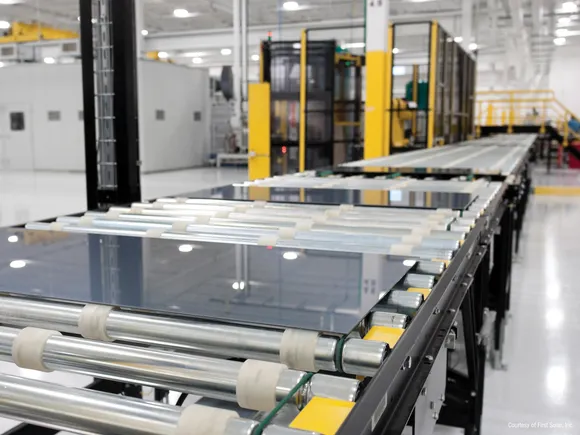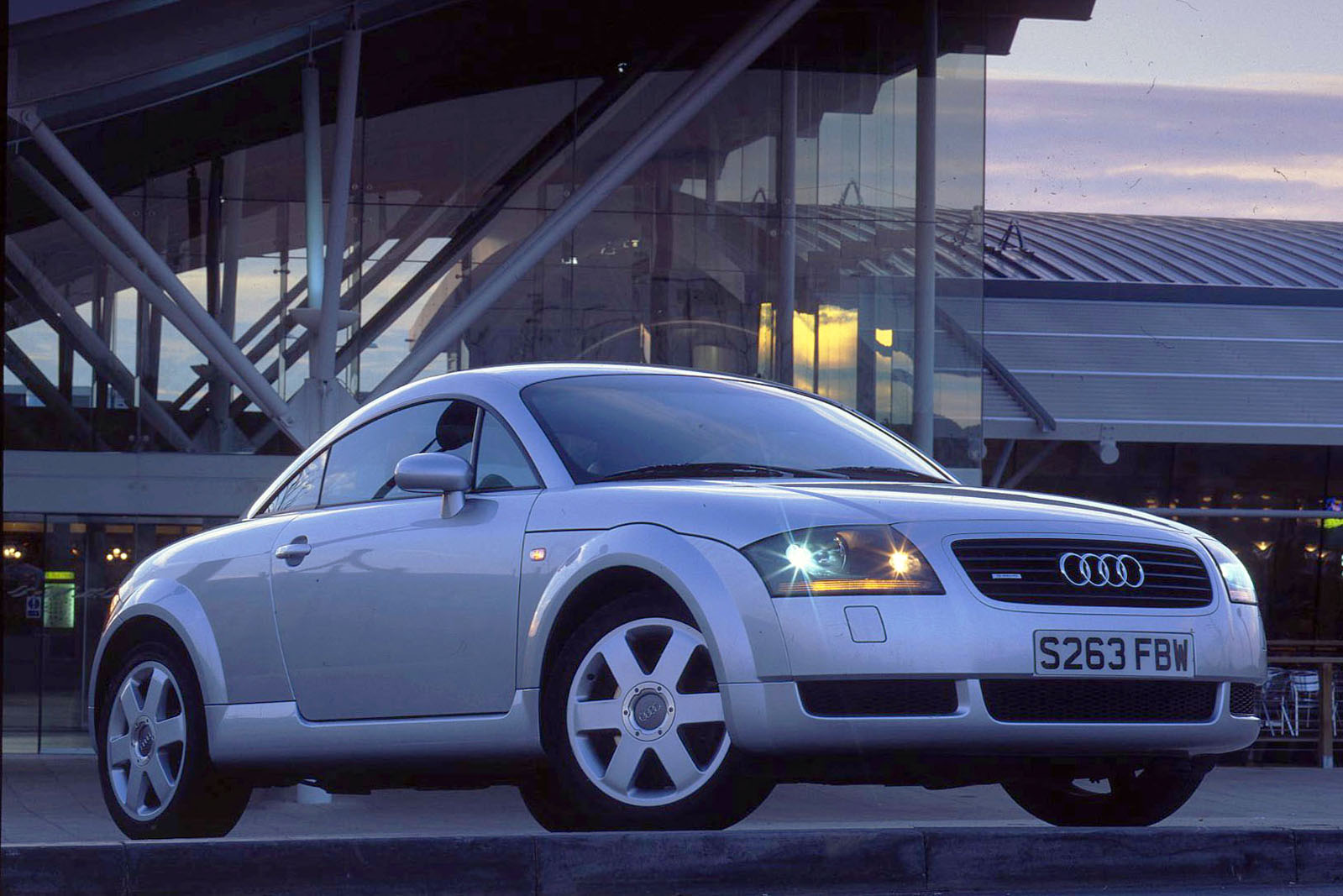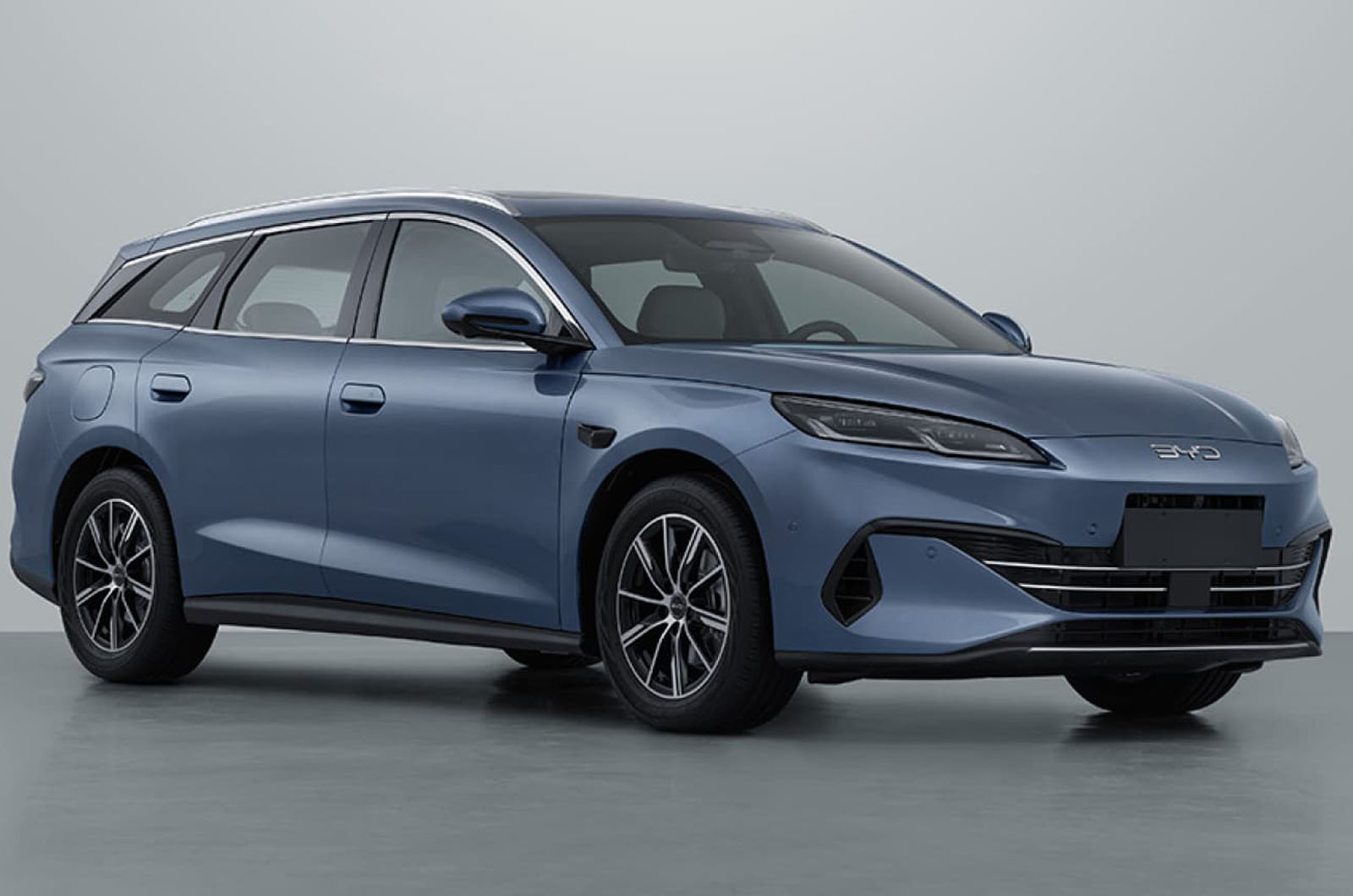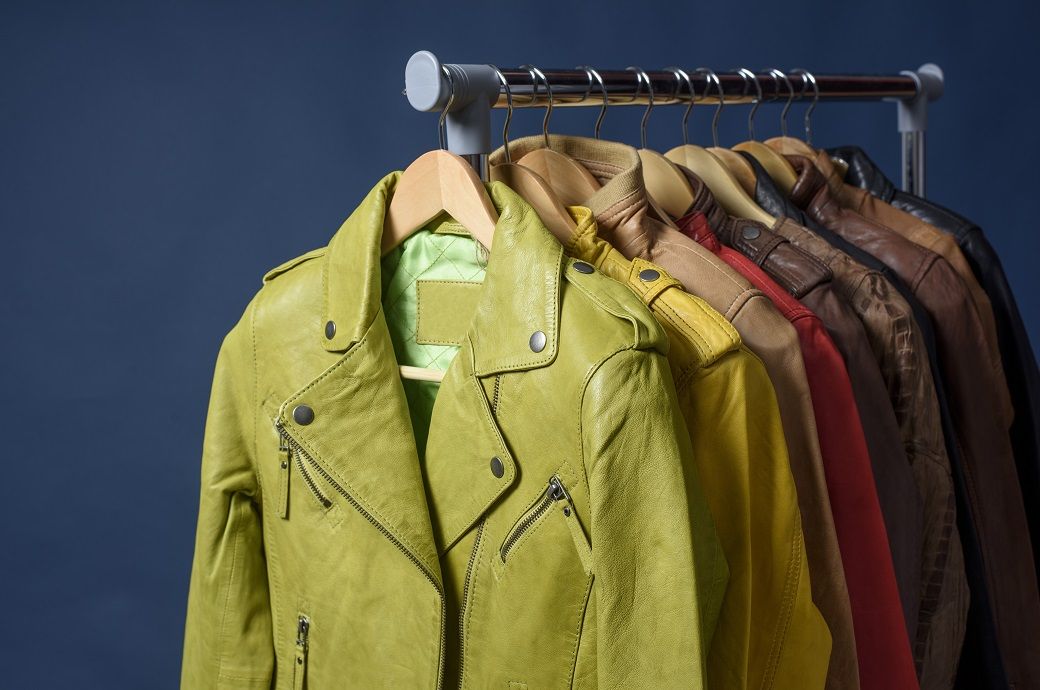"Affordable mobility is our job" says Denis Le Vot as the firm embarks on its next chapter
Dacia CEO Denis le Vot is the latest guest on the special Autocar Meets series on the My Week in Cars podcast feed.
Speaking to Autocar editor Mark Tisshaw, le Vot outlines what he thinks is behind the brand's continued growth, the imminent launch of the new Dacia Bigster and its significance for the brand, why small cars need to have a future to ensure mobility remains affordable to all, and teases a new five-year model plan that will be announced later this year.
Le Vot continued the chat off mic - the podcast was recorded in the back of a Bigster on a drive through central London on the eve of its UK launch - and he goes into further detail below.
New model plans
Dacia will reveal a new five-year plan later this year. Among the new models set to be confirmed are an electric Dacia Sandero (due 2027/2028), additional C-segment models to sit alongside the Bigster, and a new entry-level electric car to replace the Spring.
Le Vot said the overarching theme of the plan will be a focus on Dacia coming back to "affordable mobility or very affordable mobility", plus electrification of the range.
The Sandero electric car will have a technical and design freeze at the end of the year, and le Vot is happy to push this as long as possible to ensure the model is able to benefit from cost reductions and technology breakthroughs in electric car technology.
"We will come after the battle" on costs, he said. "The later you are, the better you choose."
On the Spring replacement, le Vot said this would be engineered in China and use parts sourced from China, but be built in Europe, unlike the current model. It will be larger than the current Spring but won't cost much more, with a target price of €18,000.
At the other end of the range, Dacia has no plans to offer a model larger than the Bigster but it would be joined by additional body styles in the C-segment.
Rivals copying its approach
Dacia is unique in its engineering approach in the industry, setting the cost of its components, cars and projects first and then creating them to that cost, rather than designing the car and components first and sourcing them after, which can lead to a lack of cost control.
Dacia said it was able to carry on doing this as, unlike other car groups and companies, it did not need to leverage components and platforms across multiple models with different positioning and market positioning, which always ends up with unnecessary weight and components engineered into a car.
"We could take a Renault Australe and try and make it simpler to make a Dacia Bigster, but you would have all the spec still. We don't have an 'A' brand, and try and then make that car into a 'B' brand.
"If you look at the Jogger against its rivals, they are all 250kg heavier as they are carrying that higher spec. This has a cost.
"We're not rooted by a minimum spec. We come from the bottom up, and add the minimum technology we need. Rivals come from the top down as they have to platform share."
Bigster market research
The Bigster breaks new ground for Dacia in going into the C-segment for the first time. As part of its development, Dacia researchers went to Germany to speak to 400 owners of German SUVs to find out what they considered to be 'essential' technology for a model in the family SUV segment.
That's what has led to the likes of a powered tailgate, a powered driver's seat and dual-zone air conditioning being offered on a Dacia for the first time.
"We wanted to make sure that buyers here didn't feel like they had downgraded, to get the right level of essential kit. We really talked to people, and played a game of to buy or not to buy based on different kit. It was hard to guess!
"We did a bit in the UK too but the 'codes' between German and British buyers are very similar. The proportion of buyers from Germany versus France is much higher than with our other models."
The Bigster has had the most successful pre-sales period in Dacia history and more than four in five had never had a Dacia before. More than 90% of buyers have gone for the top trim level, too.
"We need to make sure people 'cross the road' to come and check out Dacia. We have offered a €25,000 Bigster but most have bought a €30,000 one. They're happy and we're happy."
Market positioning
Dacia has more than doubled its sales over the last seven years from around 300,000 to almost 700,000 in 2024, and the brand enjoys strong loyalty with more than two thirds of buyers staying with the brand.
The average tenure of a Dacia buyer is almost eight years, which on the sales numbers makes around one third of Dacia buyers each year being those who have bought from the brand before.
The other two thirds are "people who say cars have become too expensive" and typically are from people coming from "upstairs" in the industry and other brands.
Yet the brand has been evolving with a new look, logo and styling, and adding equipment as the market matures and evolves.
"We were cheap before but the curve of what is essential is changing. Maybe we were below the curve before, now we've stuck more things on it. There is no arrogance in the product. We used to be low cost only but now we offer higher trims with all you need."
